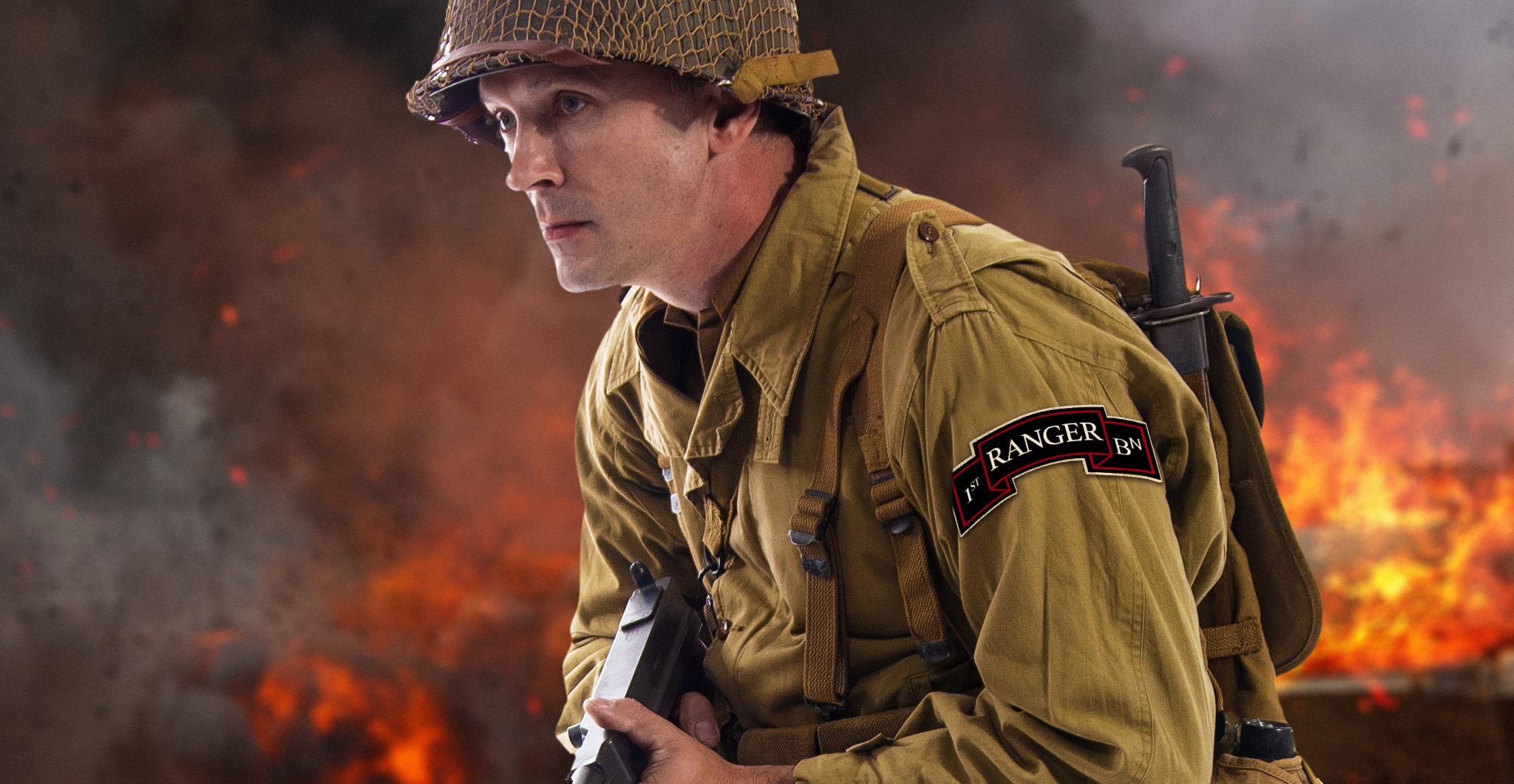When the United States entered World War II in December of 1941, President Franklin D. Roosevelt decided that he needed a specialized unit similar to the British Commandos.
The British General Staff and U.S. Army Major General Lucian K. Truscott submitted ideas to General George Marshall in 1942, and in the June of 1942, the 1st Ranger Battalion was born.
The unit was commanded by Captain William Orlando Darby, an officer known for fighting at the front lines alongside his men. Army officers selected Achnacarry in Scotland for a training base and six hundred men were chosen to undergo an extremely harsh training regimen.
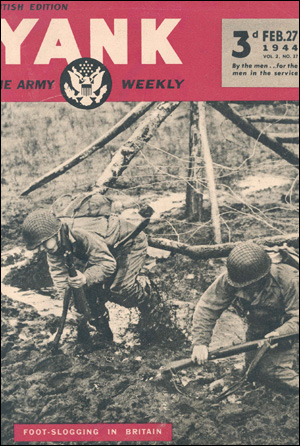
Bagpipes sounded the morning wakeup call and twenty-mile marches kept the troops in shape. They were required to ford streams in full kit, climb rough, jagged cliffs, endure obstacle courses with twenty-foot high barbed wire obstacles and fight hand to hand combat in preparation for fighting the Germans.
They learned stealth fighting at night and practiced with live ammunition. Of the original six hundred volunteers, five hundred graduated. Some couldn’t handle the extreme level of physical training, one soldier was killed, and quite a few were wounded.
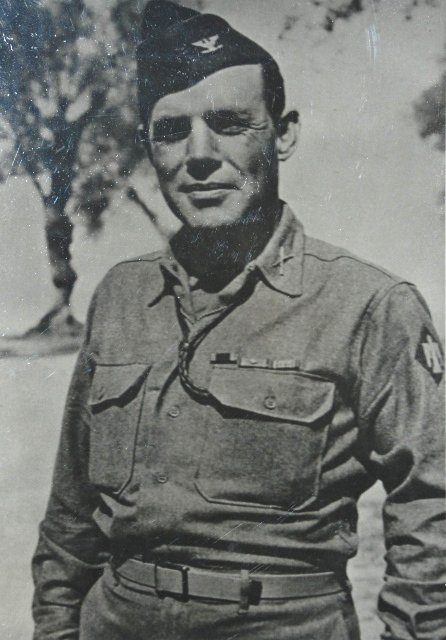
Forty-four soldiers and six officers were the first to join the war when members of the 1st Ranger Battalion joined with Canadian and British Commandos for the Dieppe Raid on the coast of France on August 19, 1942.
Almost five thousand of the Allied participants were Canadians who were supported by the Rangers and almost one thousand British Commandos along with seventy-four Allied air squadrons and eight Allied destroyers.
Just over two thousand Canadians lived to tell the story of Dieppe, and most of them had been wounded. As this was a beach landing, some refer to the raid as a practice run for D-Day. The landing was called “Operation Rutter” and was fraught with problems from the beginning. At first, the raid was delayed by bad weather. A month later, “Operation Jubilee”, the new name for the invasion, was put into play.
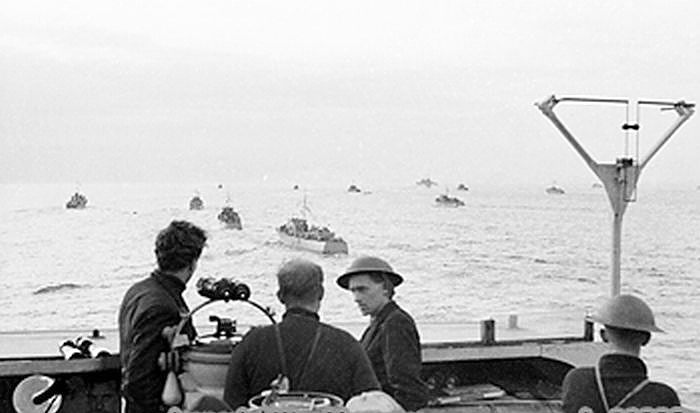
Originally, the Allies were depending on the element of surprise but an unexpected run-in with a German convoy on the eastern side of the beach gave it away and many storming the beach were subjected to intense fire from the Germans.
Snipers had some luck delaying the German assault on Allied ships, but some never reached the shore to offload the Allied troops. The soldiers on the western side were successful in surprising the Germans and were able to destroy a German battery near Varengeville and return safely to England.
The main attack at the beach, however, was ill-timed, and the Germans were lying in wait when the Allies landed and attempted to breach the high seawall. Allied tanks received heavy fire and were mostly unable to move into the town of Dieppe. Most of the troops in the tanks were killed or taken prisoner.
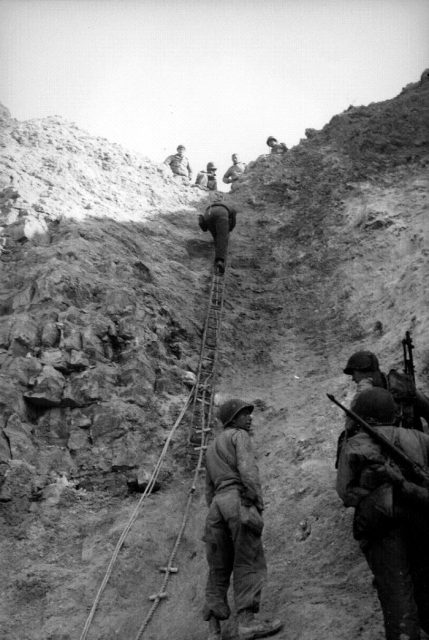
After Dieppe, the Rangers continued on to open the way to North Africa by invading Algeria’s Port of Arzewand, fighting through the unforgiving mountain passes of North Africa and clearing the way for General Patton’s troops.
Additional Ranger battalions were created and continued on to fight in Korea, Vietnam, Desert Storm and Iraq. They are based at Fort Benning in Georgia in the United States and are often in the frontline fight against terrorism.
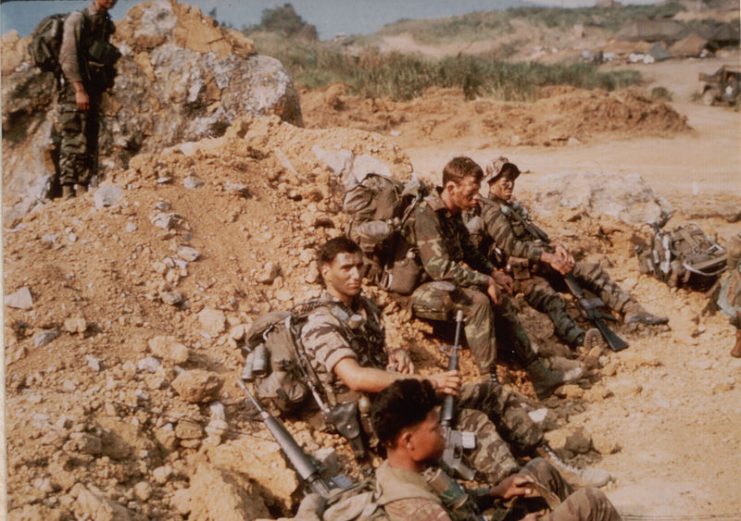
Many books have been written regarding the exploits of the Rangers. Retired Army Colonel Robert W. Black, a former Ranger and veteran of the wars in Korea and Vietnam, has written three books about the Rangers; A Ranger Born, Rangers in World War II, and Rangers in Korea.
Former Ranger James J. Altieri, a former president of the WWII Rangers Remembrance Society and a member of the U.S. Army Ranger Hall of Fame, published The Spearheaders: A Personal History of Darby’s Rangers, which documents the Rangers from the very beginning to the end of the war. The photographs of former Ranger Phil Stern, who documented their training with his camera, are found in Snapdragon: The World War II Exploits of Darby’s Ranger and Combat Photographer Phil Stern.
